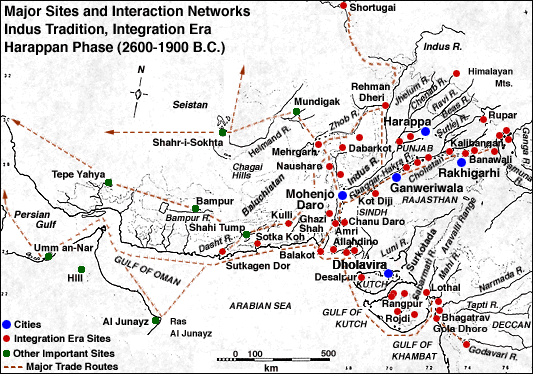Some of the major new perspectives on the Indus Civilization that are the result of new discoveries at sites in the core regions of the Indus Civilization found in Pakistan and India. Ever since its discovery in the 1920s, the Indus Civilization has been regarded as one of the earliest urban societies, but there have been many misconceptions about its origins, character and decline. Even today, in general cross cultural comparisons with other early civilizations, the Indus tends to be viewed as an anomaly generally less developed than other early state level societies. One of the main reasons for this situation can be attributed to the use of different interpretive frameworks and different definitions o f what constitutes a state level society. Using the overarching and broader framework of"Cultural Traditions" (Shaffer 1991 :442 after Willey and Phillips, 1958:37, Kenoyer 2008), it is clear that the Indus Civilization was developing along a similar trajectory as Mesopotamian and Egyptian cultures. Differences in chronology in terms of the adoption of domesticated plants and animals, or the emergence of centralized towns or cities can be attributed to the fact that environmental factors, availability of resources, population factors, etc. provided other alternatives for adaptation. The simplistic diffusion model of early domestication, or specific technologies, urbanism and writing emerging first in Mesopotamia, and then spreading to Egypt and the Indus Valley region is no longer supported by the recent discoveries in each of these regions. These discoveries result from the work of many different groups of scholars working in India and Pakistan as well as in surrounding regions.

